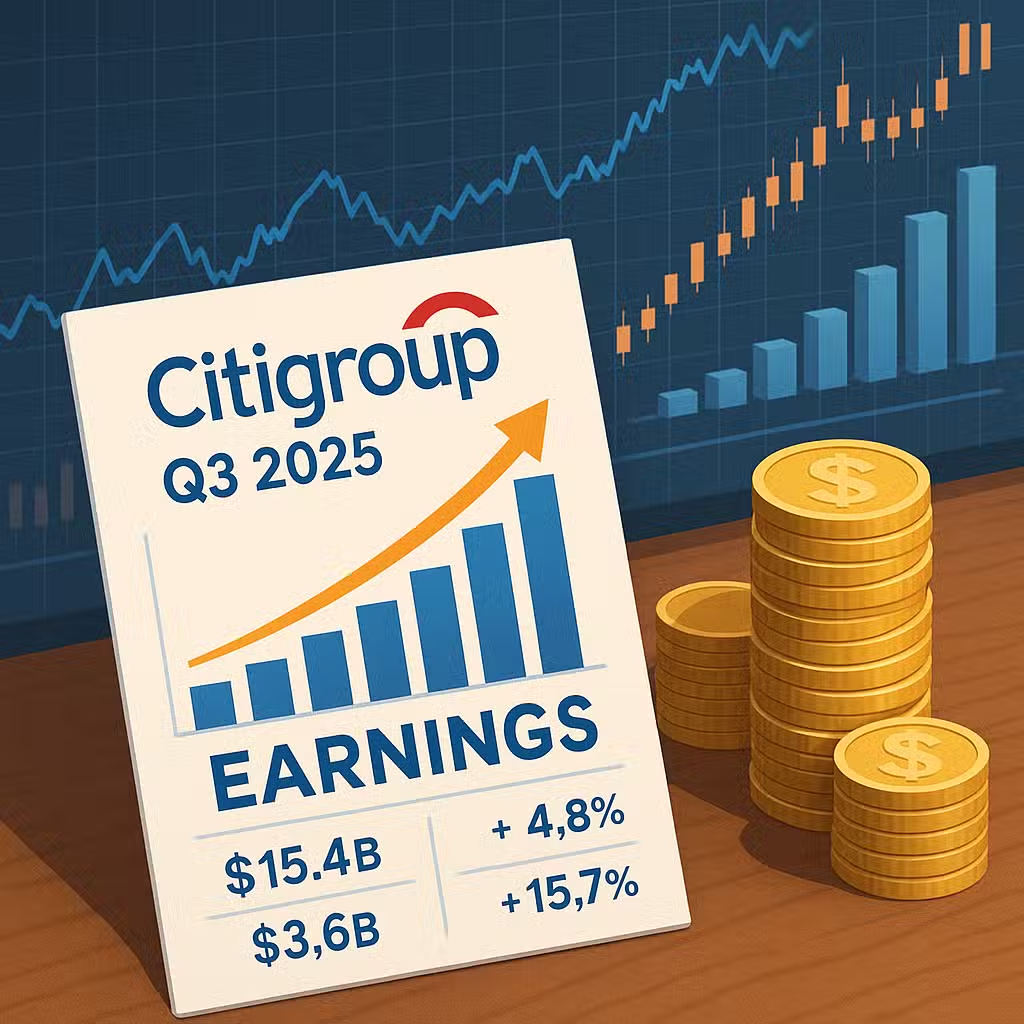Peloton Q1 2026 Results: Key Insights for Investors on Growth and Profit Trends
Imagine you’re riding a bike up a steep hill—sometimes you make great progress, but sometimes you have to stop and fix a flat tire. That’s a lot like what’s happening with Peloton right now. The company just shared some big news that could matter for your investments.
Peloton’s Profitable Push
Peloton, the company known for its fancy exercise bikes and fitness classes, just had its second profitable quarter in a row. That’s a big deal because it hasn’t always made money—last year, it actually lost $900,000 in the same quarter. This time, Peloton made $13.9 million.
What’s even more important for investors is that Peloton expects strong sales during the holiday shopping season. They predict revenue between $665 million and $685 million, which is a little better than what experts were hoping for.
Peloton also raised its full-year profit forecast, now expecting to make between $425 million and $475 million (before interest, taxes, and some other costs). That’s higher than what most analysts thought, and the news made Peloton’s stock jump about 11% after hours.
According to Statista, Peloton’s revenue soared during the pandemic, peaking in early 2021 before sliding back down as gyms reopened and competition heated up. This recent profit streak is a sign the company might be finding its balance again.
The Good News for Investors
- Profitability: Peloton is making money again, which is good for shareholders and could mean a more stable business.
- Growth Plan: The company is not just about bikes anymore. Peloton is adding new products, like rowing machines and commercial gym gear, plus features like AI cameras and hands-free controls.
- Holiday Hopes: The holiday season is usually Peloton’s best for selling hardware. With new products and higher prices, they hope to boost sales.
- Cost Control: Under new CEO Peter Stern, Peloton has cut costs and is focusing on growing profits, not just sales.
The Not-So-Good News
- Product Recalls: Peloton is still dealing with old problems. They just recalled 833,000 original Bike+ machines because the seat post can break. This cost the company $13.5 million last quarter.
- Sales Slide: Even with profits, total sales dropped about 6% from last year, down to $551 million.
- Uncertain Demand: It’s not clear yet how well Peloton’s new products will sell. The first quarter ended before the newest models even hit stores.
- Challenging Market: People aren’t buying as many expensive electronics this year. Across the industry, shoppers are being more careful because of economic worries (National Retail Federation).
- Past Problems: After the last recall, Peloton lost more members and had higher costs. There’s a risk that could happen again.
Bulls vs. Bears: What Are Experts Saying?
- Bulls (Optimists): They see Peloton’s return to profit and new product launches as signs of a turnaround. If the holiday season goes well, shares could keep rising.
- Bears (Pessimists): They worry about more recalls, falling sales, and whether people will pay up for expensive fitness gear in a shaky economy. They also point out that Peloton faces tough competition from cheaper brands and gyms reopening.
Investor Takeaway
- Watch for how Peloton’s new products perform during the holidays—strong sales could boost the stock.
- Keep an eye on recalls and customer trust. More problems could hurt Peloton’s reputation and profits.
- Remember that the fitness tech market is crowded and unpredictable. Don’t bet your whole portfolio on one company.
- If you own Peloton shares, consider whether short-term ups and downs fit your risk level.
- Stay updated on how shoppers are spending this season. Consumer confidence can change the game for companies like Peloton.
For the full original report, see CNBC







